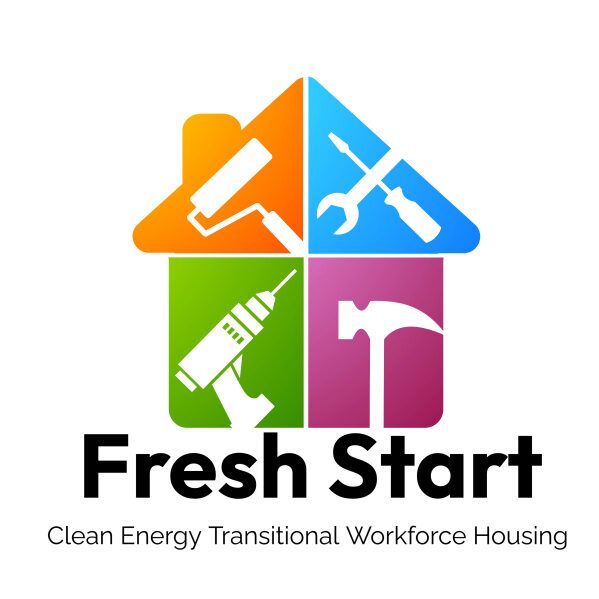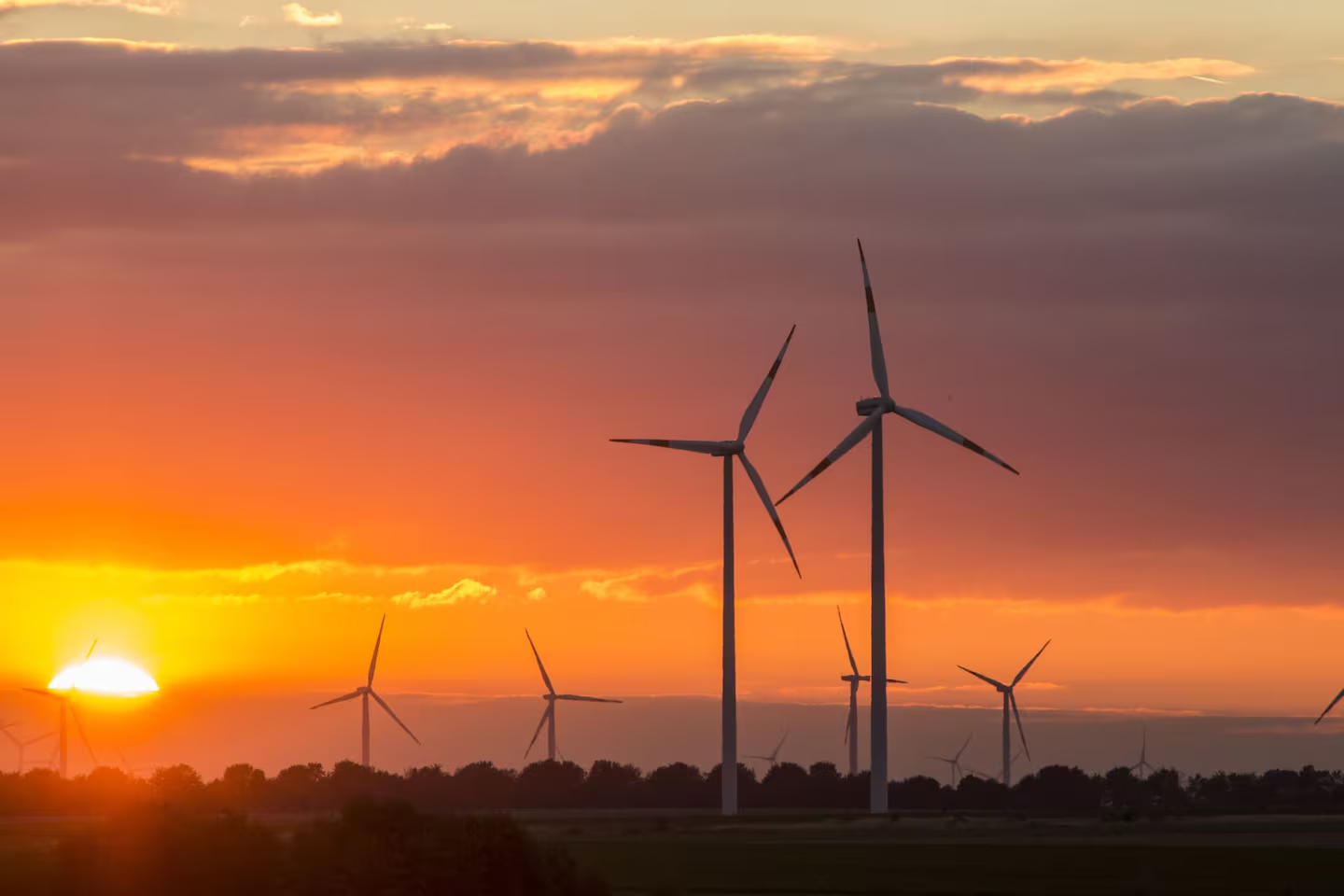Maine ramps up training to meet ambitious heat pump goals

This story was originally published by The Maine Monitor, a nonprofit and nonpartisan news organization. Visit the newsroom online: themainemonitor.org.
The sputtered drone of a vacuum pump filled the former milking barn that now houses Kennebec Valley Community College’s heat pump lab. Instructor Dave Whittemore, who held the yellow vacuum in one hand and displayed an app tracking atmospheric pressure on his phone in the other, explained in a raised voice how to do an “evacuation,” ridding the heat pump of air and moisture to avoid malfunctions down the road.
“The longevity of the equipment is important,” said Whittemore, who teaches students how to install the increasingly popular electric heating and cooling units.
Six years ago, Governor Janet Mills traveled to the college to sign a bill aimed at transforming Maine’s market for heat pumps, an environmentally friendly alternative to oil furnaces and gas boilers, and set a goal of installing 100,000 units by 2025.
The state, now a national leader for heat pump adoption, met that goal two years ahead of schedule, and Mills once again traveled to the rural Somerset County campus to announce a new target: another 175,000 heat pumps by 2027.
Maine needs skilled workers to reach this goal, demanding training initiatives from all corners of the state to build HVAC, refrigerant, and electrical knowledge in the clean energy workforce. Without a strong pipeline, the state risks delays in reaching its heat pump target, putting its climate goals at risk.
So far, rural counties have seen some of the fastest rates of clean energy worker growth, according to state data. In Somerset County, where KVCC is located, the number of clean energy workers has grown by 44 percent since 2020.
As part of this push, the community college launched a high-tech heat pump training lab in 2021 and has trained over 300 students. The initiative is one of many clean energy programs the school offers as part of a broader, state-supported effort to meet Maine’s goal of reaching 30,000 clean energy jobs by 2030.
Efficiency Maine, a quasi-governmental agency that oversees the state’s energy efficiency programs, has invested more than $400,000 in installation and weatherization training programs at KVCC and supports 29 similar programs at other institutions each year.
Another key piece of state support comes through the Governor’s Energy Office’s Clean Energy Partnership, which has awarded nearly $5 million in grants for clean energy training and apprenticeship programs across the state since 2022 and has seen over 3,500 participants. Businesses have also developed their own on-the-job training programs to help meet demand.
But the state still faces a daunting challenge: It must employ more than 14,000 new workers to reach its goal of 30,000 clean energy jobs by the end of the decade. Between 2019 and 2023, the number of workers in the field grew by less than a thousand.
Heat pumps have emerged as a pillar of Maine’s clean energy strategy: The units can reduce carbon dioxide emissions between 38 percent and 53 percent compared to a gas furnace, according to a 2022 study.
The demand for cleaner energy has grown not only in response to the state’s climate goals, but also as Maine’s electricity costs rise.Workforce development has become a priority for the state as the clean energy industry grows, said Tagwongo Obomsawin, the program manager for the state’s Clean Energy Partnership, noting that it can provide good-paying jobs for Mainers and reduce energy costs.
“Employers are definitely a really important part of the picture, but we don’t want to leave out anyone,” Obomsawin said.
In 2022, KVCC hoped to use a nearly $250,000 grant from the Clean Energy Partnership to offer programs on electric vehicles and NABCEP solar photovoltaic installation. But trouble finding instructors and low interest among students made it difficult to launch.
Instead, KVCC doubled down on energy efficiency. It launched a building science program with the funding last fall, which had five students, two of whom were able to complete the certification.
In Freeport, Scott Libby, the owner of Royal River Heat Pumps, walked through his training center as he explained that all his workers go through heat pump training that starts with the basics, regardless of experience, to ensure each worker is equipped to handle the job.
Libby said he’s aware of a number of different workforce development initiatives but that it’s difficult to comprehend how they all work together.
He said some forms of programming aren’t sufficient for what’s actually needed in the field: Students who sit through a six-week or six-month program that teaches the basics of how heat pumps work may come out with little to no hands-on experience with a power tool or climbing a ladder.
Libby emphasized the need for more collaboration between different workforce development efforts and a more systematic approach. He also said more stringent licensing requirements could help with the quality of workers moving into the field.
At KVCC’s heat pump lab, Whittemore gestured at eight heat pumps mounted on prop walls used for training, listing the types of new units he hopes to get soon – ideally through donations from companies who have given units in the past.
Regulatory changes to refrigerants that went into effect this year mean the school needs to replace the heat pumps it uses to train students.
“Most of the procedures with the new refrigerants are the same, it’s just that we can’t put this new refrigerant in these existing heat pumps,” he said. “So I’ve got to get eight new heat pumps.”
The broader challenge he sees for the industry is tariffs, which he fears could lead to higher equipment prices and lower demand. This, in turn, could mean a lower need for workers.
“I think that’s going to slow this down,” he said.
The Clean Energy Partnership Project, which has funded many of the state’s clean energy workforce development programs, typically announces new grants in the summer, but the Governor’s Energy Office stopped short of committing to another round of funding this year.
Efficiency Maine said that the state is still on track to achieve its heat pump goals – at least for now. Executive Director Michael Stoddard said that the heat pump rebate program has funding from the Electric Utility Conservation Program and the Regional Greenhouse Gas Initiative for at least the next three years.
However, some smaller initiatives, such as a revolving loan to help Mainers buy new heat pump systems, face uncertainty as the federal grants funding the project are in flux.




